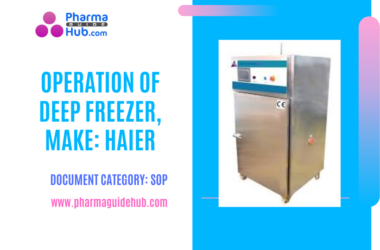
Microbial Limit Test (MLT) validation in pharma is the process of verifying the suitability and effectiveness of a test method used to detect and quantify microorganisms (bacteria, yeast, and mold) in pharmaceutical products, raw materials, or equipment.
MLT validation involves:
- Test method selection: Choosing a suitable test method (e.g., USP <61>, <62>, or <1111>).
- Test method verification: Verifying the test method’s accuracy, precision, specificity, and sensitivity.
- Detection limit determination: Establishing the minimum detectable level of microorganisms.
- Inhibition/Enhancement (I/E) testing: Evaluating the potential for product ingredients to inhibit or enhance microbial growth.
- Robustness testing: Assessing the test method’s performance under varying conditions.
- Repeatability and reproducibility testing: Evaluating the test method’s consistency within and between laboratories.
- Documentation and reporting: Recording the validation process and results.
The goal of MLT validation is to ensure the test method can reliably detect and quantify microorganisms, enabling:
- Compliance with regulatory requirements (e.g., USP, EP, FDA)
- Control of microbial contamination
- Product quality and safety assurance
- Prevention of product recalls and reputational damage
MLT validation is crucial in pharma for:
Equipment cleaning and sanitization verification
Raw material testing
Product release testing
Environmental monitoring

